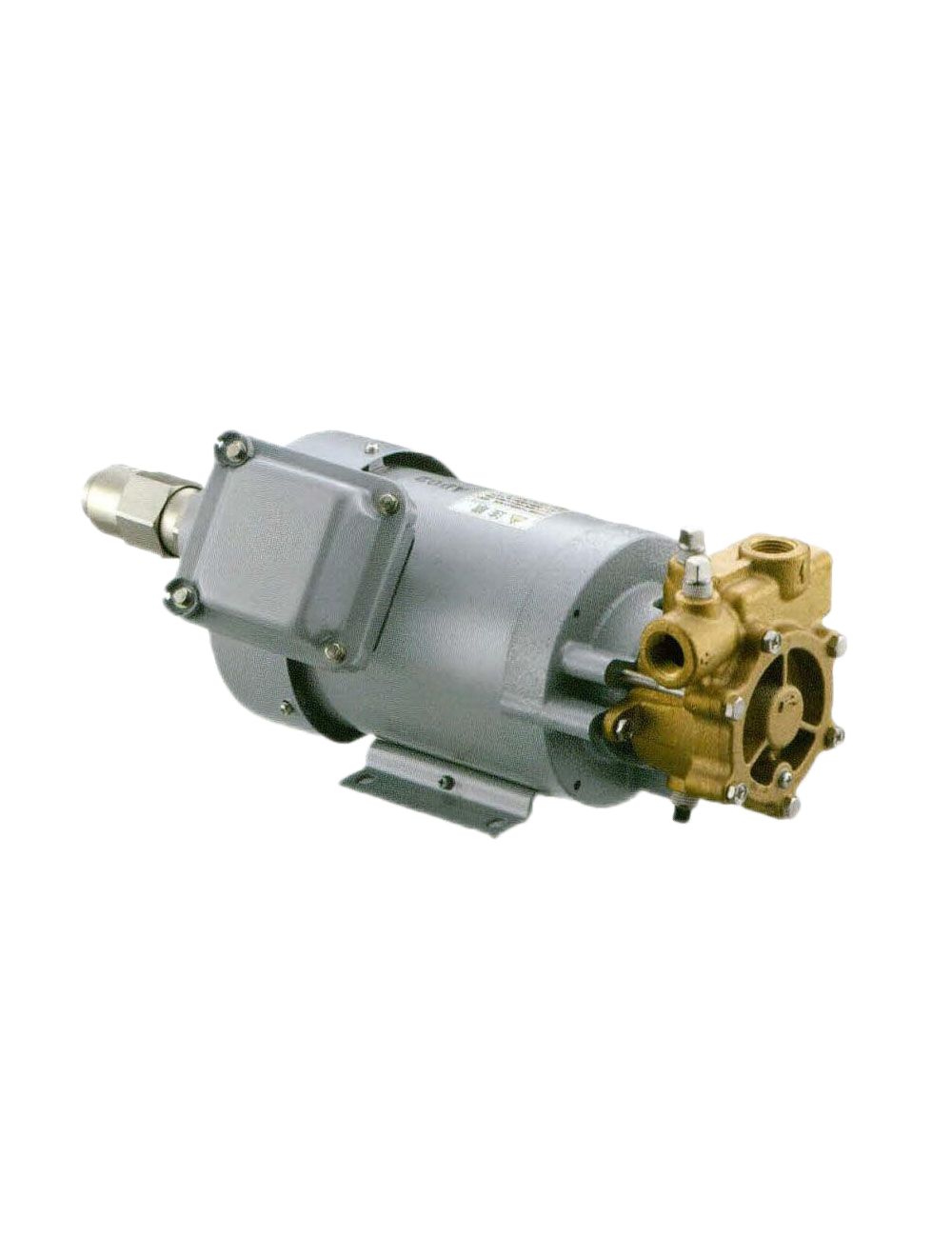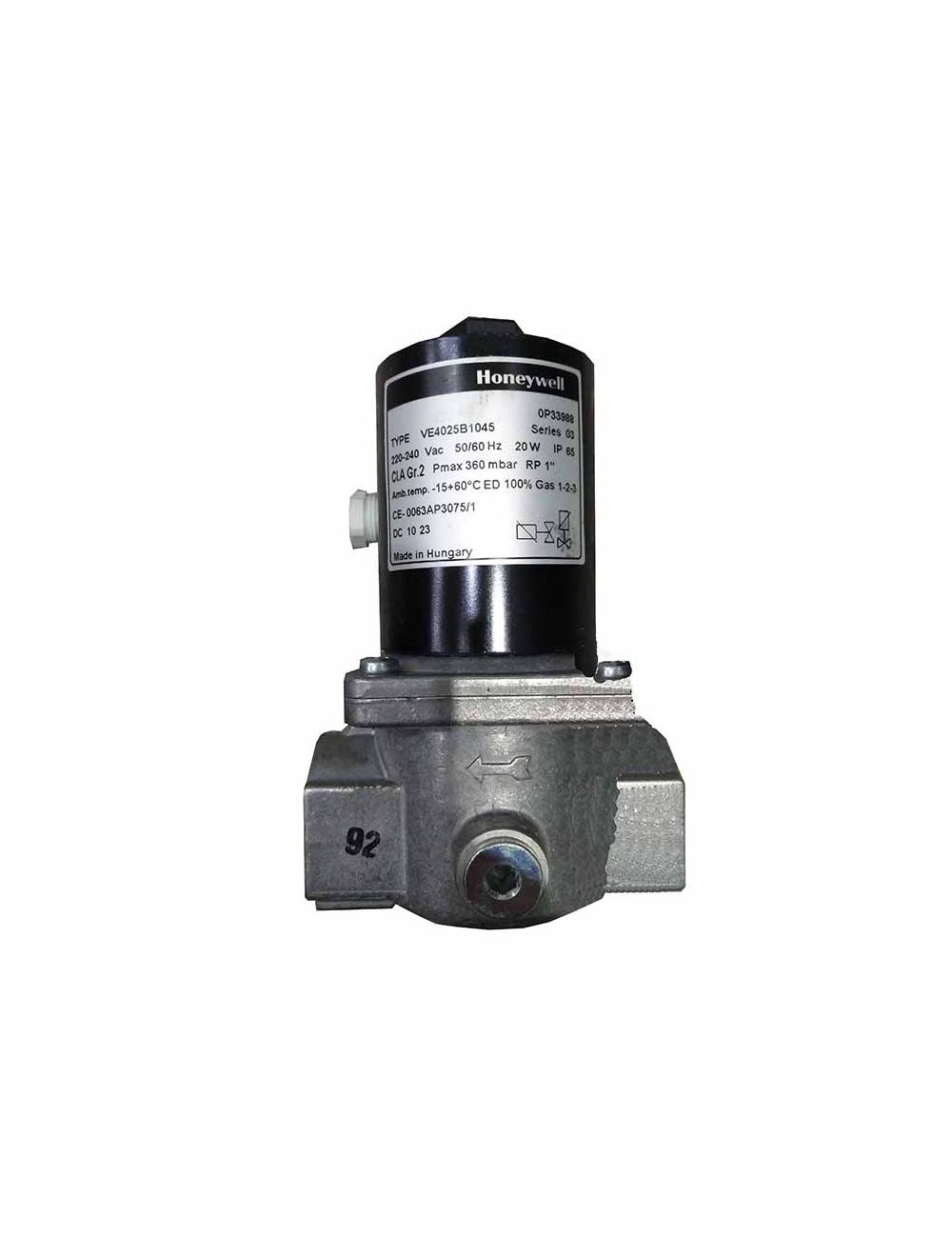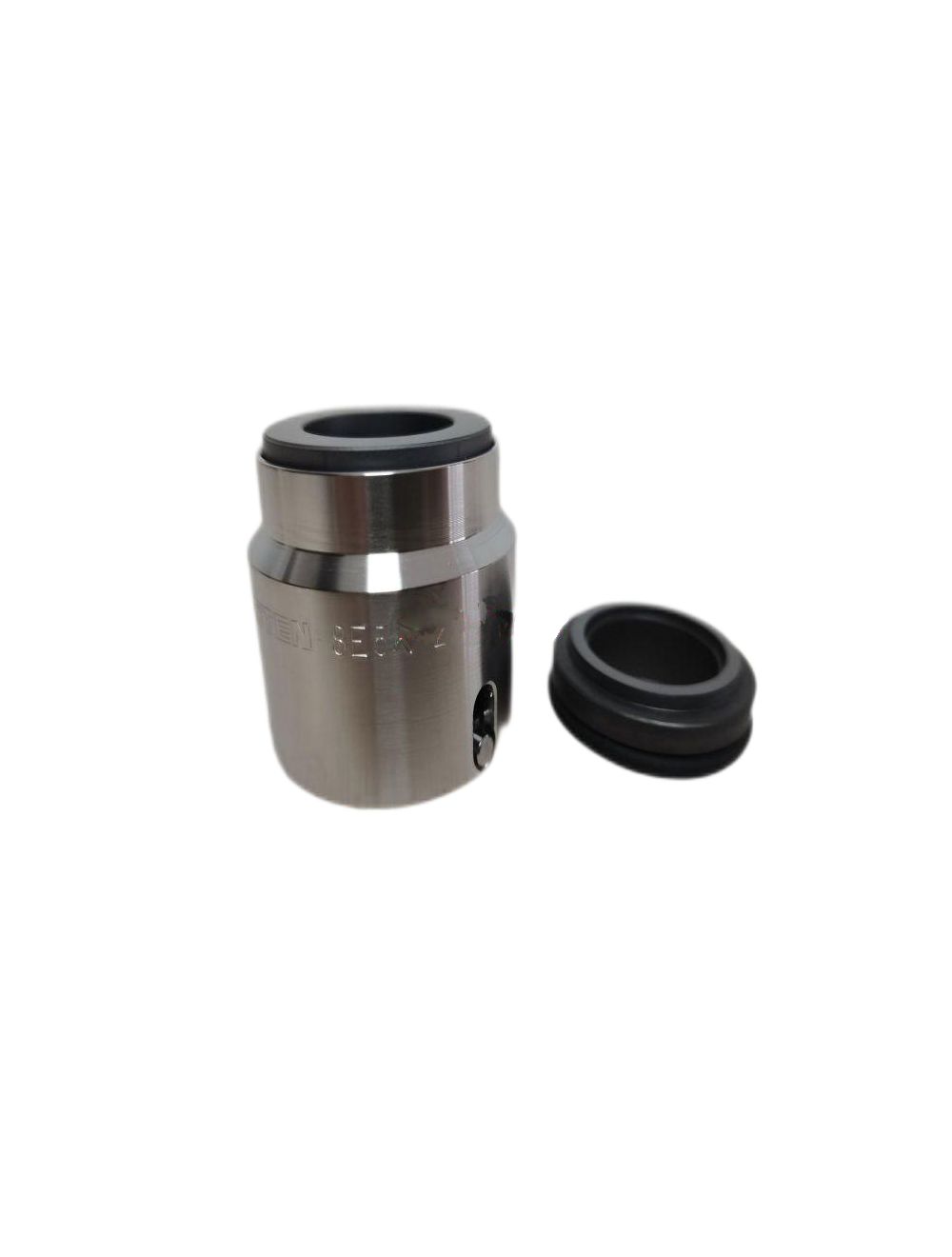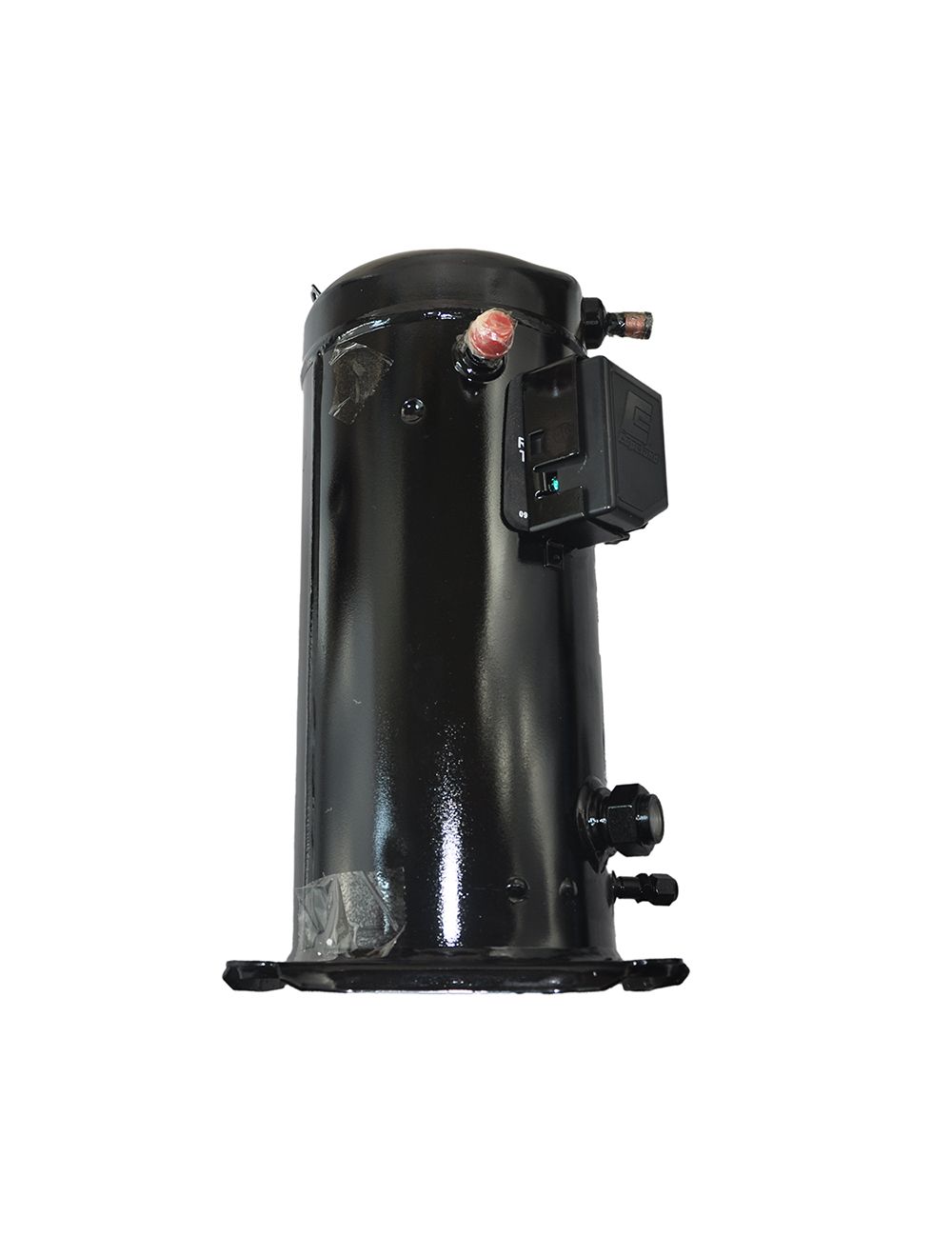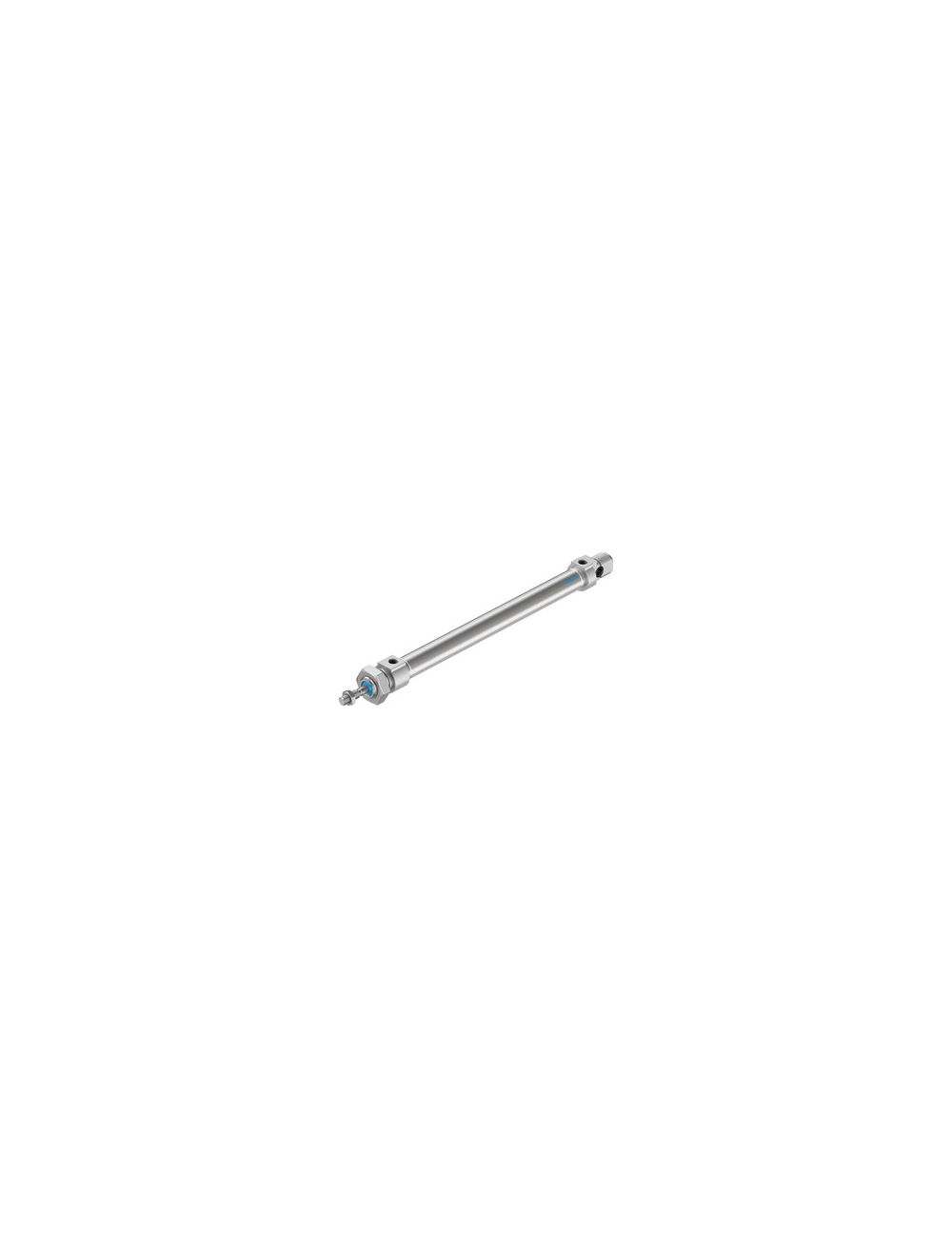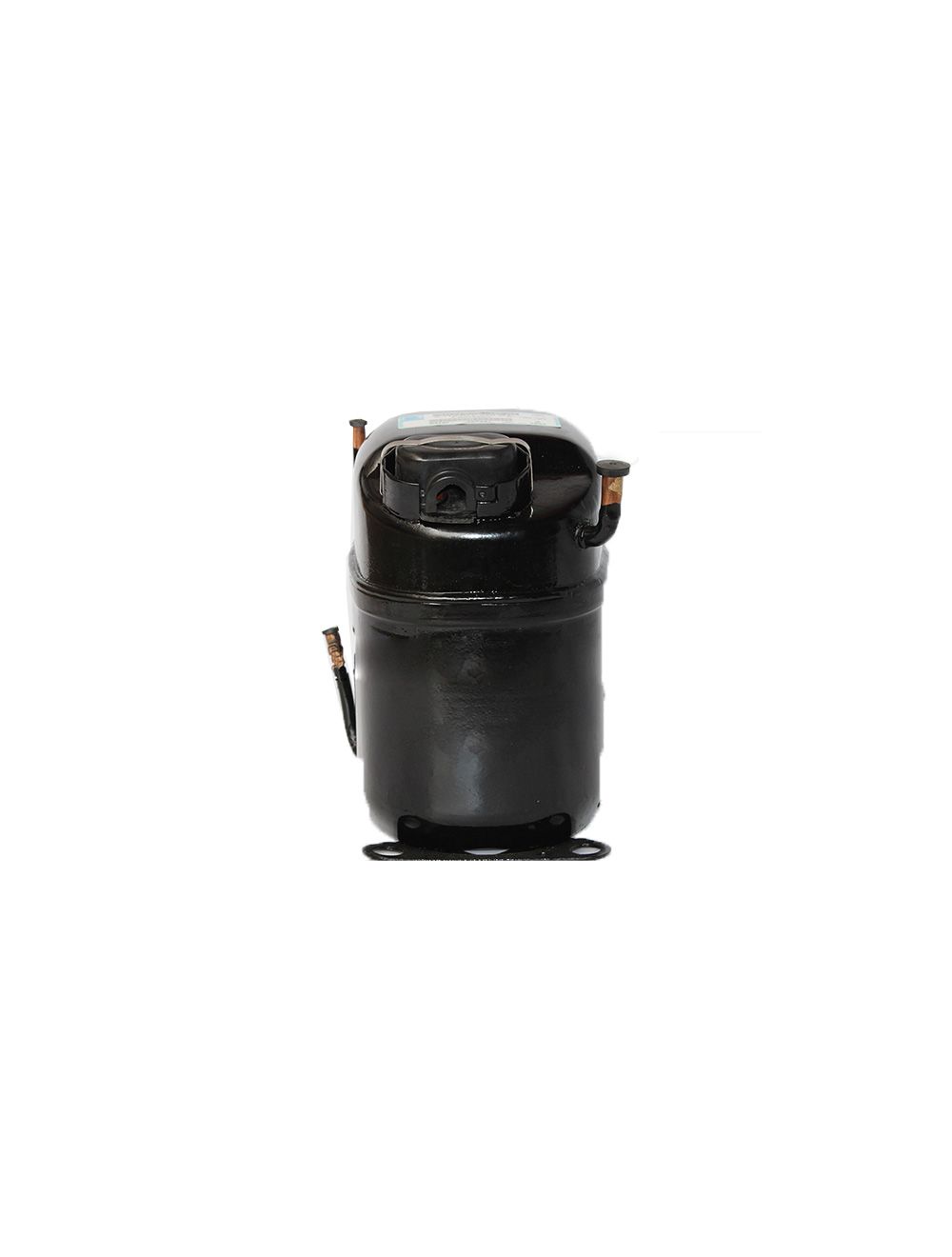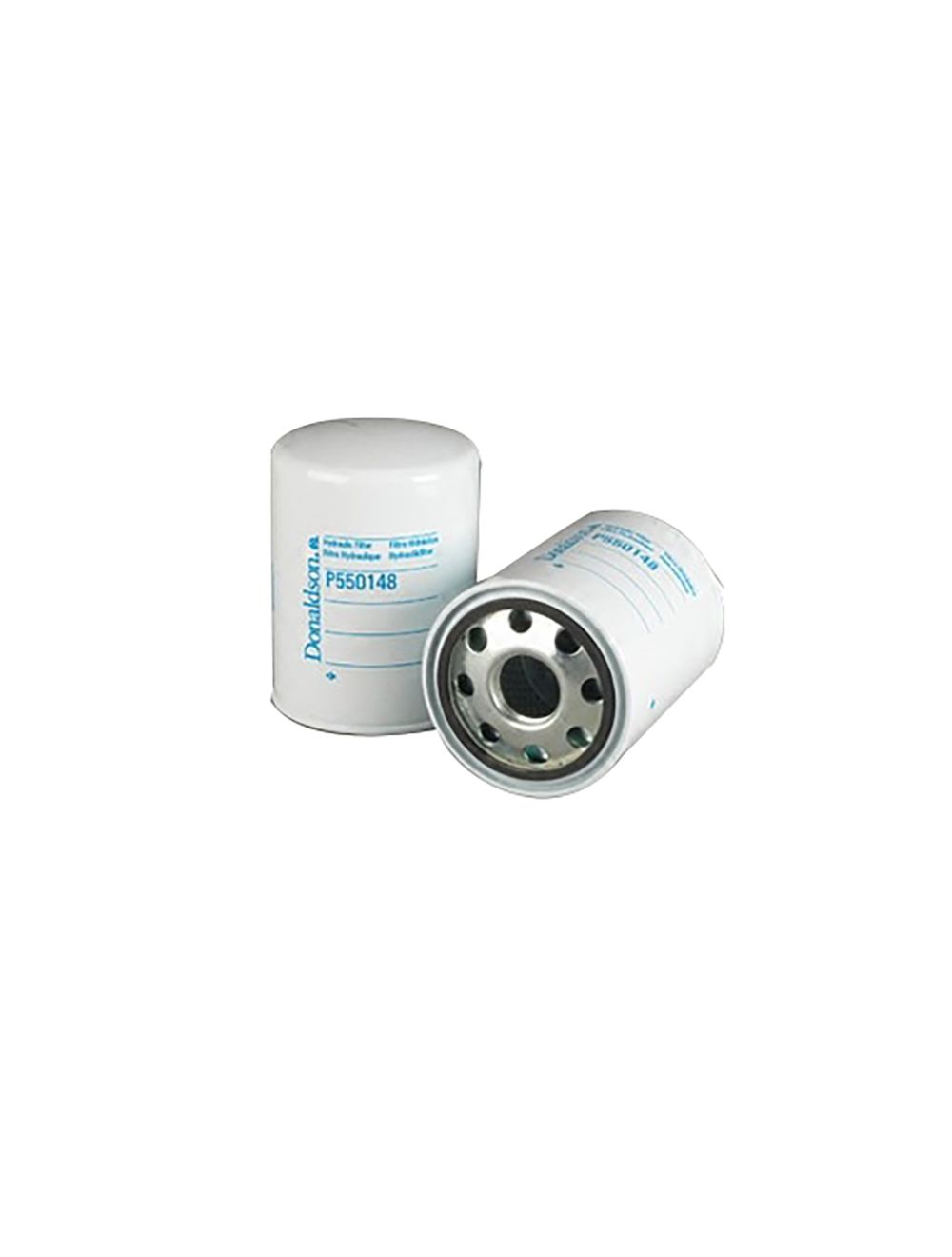
Figure 1: AC servo drives and servo motors.
AC servo system is a precision control system that is usually used in applications that require high-precision motion control, such as machine tools, automated production lines, and robots. It is composed of AC servo motor, servo drive and controller, etc., and uses sensors to feedback the motion status in real time to achieve high-precision motion control. Let’s learn more about the components of the AC servo system.
1. AC Servo System Components
AC servo systems usually consist of the following main components:
AC servo motor: The AC servo motor is one of the core components of the servo system. Its rotational speed, torque, position and other motion states can be precisely controlled. Commonly used AC servo motors include induction motors and permanent magnet synchronous motors.
Encoder: The encoder is an important part of feedback control and is used to feedback the position and speed of the motor in real time. Common encoders include absolute encoders and incremental encoders.
Servo drive: A servo drive is an electronic component that converts control signals into outputs such as voltage and current to control the speed, torque, position and other states of the motor. Servo drives usually include power amplifiers, controllers and inverters.
Controller: The controller is the brain of the servo system, used to implement the calculation and generation of control algorithms and control signals. Common controllers include digital signal processors (DSP), programmable logic controllers (PLC), and microcontrollers.
Power supply: The servo system requires a stable and reliable power supply to ensure the normal operation of the motor and controller.
Signal input and output module: The signal input and output module is used to connect external sensors and actuators to realize the input and output of control signals and feedback signals.
Connecting cables and mechanical components: Connecting cables and mechanical components are used to connect components such as motors, encoders, servo drives and controllers, and realize mechanical motion.
In short, the AC servo system consists of AC servo motors, encoders, servo drives, controllers, power supplies, signal input and output modules, connecting cables and mechanical components, etc., and achieves high-precision motion control through precision control.

Figure 2: AC servo system components.
2. Working Principle of AC Servo System
Here is how the AC servo system works:
Sensors for signal feedback: The AC servo motor is equipped with an encoder or Hall sensor, which can provide real-time feedback on the motor's position, speed, acceleration and other motion states.
The controller calculates the error: The controller calculates the control signal by comparing the error between the set value and the actual feedback value, and adjusts the motor motion state to make the error as small as possible.
Servo driver controls the motor: The servo driver converts the control signal into voltage, current and other outputs to control the speed, torque and other motion states of the AC servo motor.
Feedback control to achieve a closed loop: The sensor feedback signal is transmitted to the controller to form a closed-loop feedback control. By repeatedly comparing errors and continuously adjusting the control signal, the motor can maintain precise motion under small errors.
In short, the AC servo system achieves high-precision control of the motor's motion state through continuous feedback and adjustment, allowing it to accurately complete various motion tasks in various complex work scenarios.

Figure 3: AC servo motion control system.
3. What Are the Advantages and Disadvantages of AC Servo Systems?
3.1 Advantages of AC Servo System
Compared with DC servo system (motor used with brushes), AC servo system has the following advantages:
1.Faster response speed: AC servo systems have higher bandwidth and faster response speed, and can control the speed and torque of the motor more accurately.
2.No brush wear: The motor in the AC servo system does not have the brushes like in the DC servo system, so there is no spark caused by brush wear and friction, and there is no problem of shortened motor life due to brush wear.
3.Smaller size and weight: Since the motor in the AC servo system does not require an armature and brushes, the motor can be designed to be smaller and lighter.
4.No regular maintenance required: Motors and drives in AC servo systems require no regular maintenance as they have no mechanical parts that need to be replaced.
5.Higher Energy Efficiency: AC servo systems are more energy efficient than DC servo systems because there are no energy-consuming brushes in the AC motor.
3.2 Disadvantages of AC Servo Systems
However, AC servos also have some disadvantages:
1.Higher cost: Motors and drives in AC servos are generally more expensive than those in DC servos.
2.More complex control system: Compared with DC servo systems, AC servo systems require more complex control systems, including advanced control technologies such as vector control and DSP.
3.Motor parameters are more difficult to measure: Motor parameters (such as rotor position) in AC servo systems are more difficult to measure because AC motors do not have brushes and it is difficult to collect rotational position signals.
4.Higher power supply requirements: The AC servo system has higher power supply requirements and requires a more stable three-phase AC power supply.
To sum up, compared with DC servo systems, AC servo systems have the advantages of faster response speed, smaller size and weight, no need for regular maintenance, and higher energy efficiency, but they also have some disadvantages, such as higher cost, more complex control systems, more difficult to measure motor parameters and higher power requirements.

Figure 4: AC servo motor.
4. Types and Application of AC Servo Systems
AC servo systems can be divided into two types according to different motor types: asynchronous servo systems and synchronous servo systems.
Asynchronous servo system: Asynchronous servo system usually uses an asynchronous motor as the actuator and is often used in low-speed, high-torque applications, such as presses, injection molding machines, etc.
Synchronous servo system: Synchronous servo system usually uses permanent magnet synchronous motor or synchronous induction motor as the actuator. It has the advantages of fast response, high precision and high efficiency. It is often used in high-speed and high-precision applications, such as machine tools, printing machines, and packaging machines, etc.
According to different controllers, AC servo systems can be divided into analog servo systems and digital servo systems.
Analog servo system: Analog servo systems are usually controlled by analog circuits, which have shortcomings such as low control accuracy and difficulty in debugging. However, they have low cost and fast response speed, and are suitable for some applications with low control requirements.
Digital servo system: The digital servo system uses a digital signal processor (DSP) or microprocessor as the controller. It has the advantages of high control accuracy, good stability, and high reliability. It is suitable for applications that require high precision and dynamic performance.

Figure 5: Servo system of injection molding machines.
To sum up, different types of servo systems have different applications. In practical applications, it is necessary to select a suitable AC servo system type based on comprehensive considerations such as control requirements, load characteristics, and control costs.

